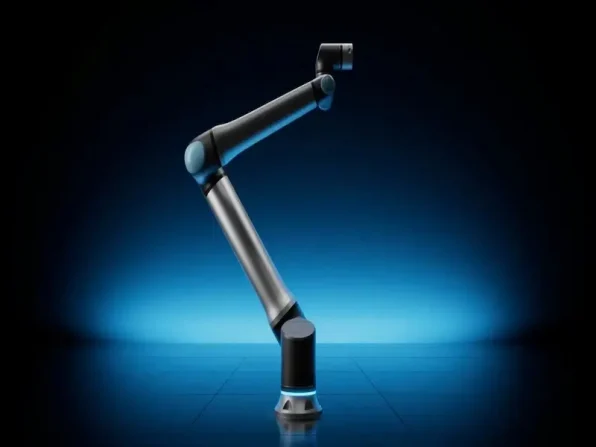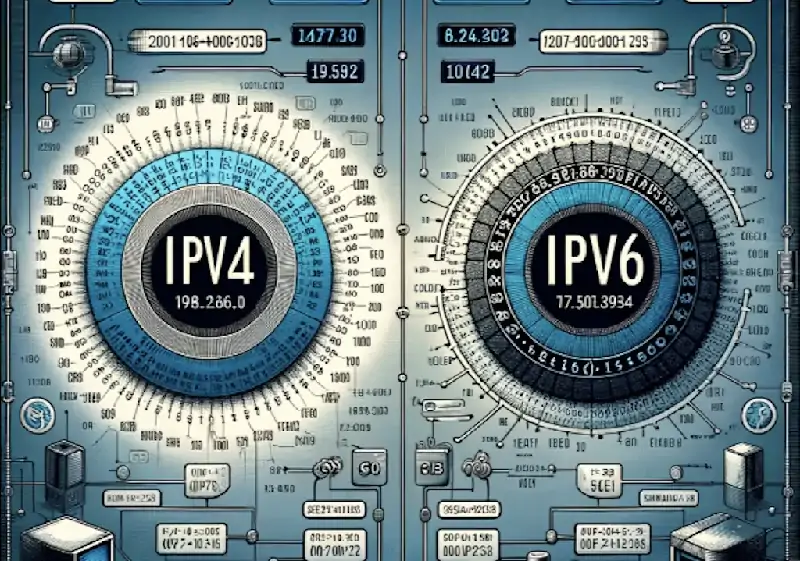- Deepfake AI utilises advanced algorithms to create convincing fake content, presenting both technological marvels and potential threats. This raise the question that how deepfake AI works.
- Its legality remains ambiguous, with only a few states having specific regulations.
- Despite their legal status, deepfakes pose substantial risks including blackmail, political manipulation, and fraud, highlighting the urgent need for comprehensive legislation and awareness.
Deepfake AI denotes an artificial intelligence form crafting convincing counterfeit images, audio, and video. Merging “deep learning” and “fake,” it encapsulates both the technology and the deceptive content it generates. Deepfake substitutes individuals in existing content or fabricates entirely new scenarios, portraying actions or words never occurred. The primary peril of deepfakes rests in their capability to disseminate deceptive information appearing authentic. Now let’s explore how deepfake AI works.
Also read: What AI voice generator is everyone using?
Also read: Generative AI in the pharmaceutical industry
What is deepfake AI?
Deepfake AI is a type of artificial intelligence utilised to fabricate convincing images, audio, and video hoaxes. It combines deep learning with fakery, transforming existing source content or generating entirely new scenarios. The term “deepfake” encompasses both the technology and the resultant bogus content, merging the concepts of deep learning and fakery.
These deepfakes often involve the alteration of existing content, such as swapping one person for another, or the creation of entirely new content depicting individuals engaging in actions or utterances they never did. Notably, deepfakes pose a significant risk due to their potential to disseminate false information under the guise of trusted sources. For instance, in 2022, a deepfake video surfaced featuring Ukrainian President Volodymyr Zelenskyy issuing a surrender order to his troops.
Concerns have been raised regarding the misuse of deepfakes in elections and propaganda, highlighting the serious threats they pose. However, it is important to acknowledge that deepfakes also serve legitimate purposes in various applications, including video games, entertainment, and customer service, such as call forwarding and receptionist services.
How does deepfake AI work?
Deepfake technology employs two key algorithms, namely a generator and a discriminator, to produce and enhance fabricated content. Initially, the generator constructs a dataset based on the desired output, generating the initial fake digital content. Subsequently, the discriminator evaluates the authenticity of the initial content, distinguishing between realism and artificiality. Through iterative processes, the generator refines its ability to generate convincing content, while the discriminator enhances its proficiency in detecting imperfections for the generator to rectify.
This combination of generator and discriminator algorithms forms a generative adversarial network (GAN). GANs utilise deep learning techniques to identify patterns in authentic images, leveraging these patterns to generate synthetic content. For instance, in the creation of a deepfake photograph, a GAN examines various images of the subject from different angles to capture comprehensive details and perspectives. Similarly, in developing a deepfake video, the GAN analyzes the video content from multiple viewpoints, alongside scrutinizing behavioral cues, movements, and speech patterns. Subsequently, this data undergoes multiple evaluations by the discriminator to refine the realism of the final output.
Deepfake videos are typically produced through one of two methods. Firstly, they may utilise an original video featuring the target individual, manipulating the content to depict actions or statements the individual never actually performed. Alternatively, deepfake videos may involve substituting the target individual’s face onto another individual’s video footage, commonly referred to as a face swap.
There are various methods employed in creating deepfakes
Utilising source videos: A deepfake autoencoder, driven by neural networks, scrutinises source videos to grasp significant attributes of the target, like facial expressions and body language. It then integrates these traits into the original video using an encoder-decoder system.
Generating audio deepfakes: Audio deepfakes involve a GAN replicating a person’s voice, constructing a model based on vocal patterns, and leveraging it to manipulate the voice to say anything desired. This technique is frequently adopted in video game development.
Lip syncing: Another prevalent method in deepfake creation is lip syncing, where the technology aligns a voice recording with the corresponding video, creating an illusion of the person in the video speaking the recorded words. If the audio itself is a deepfake, it adds an additional layer of deception. This approach is facilitated by recurrent neural networks.
Technology required to develop deepfakes
The rise of deepfake technology is facilitated by advancements in various key technologies:
GAN neural networks form the backbone of deepfake development, employing generator and discriminator algorithms.
Convolutional neural networks (CNNs) analyse visual data patterns, crucial for tasks like facial recognition and motion tracking.
Autoencoders, another neural network technology, identify pertinent attributes of a target, such as facial expressions and body movements, transferring them to the source video.
Natural language processing (NLP) algorithms generate deepfake audio by analysing speech attributes and generating corresponding text.
High-performance computing furnishes the substantial computational power essential for deepfake creation.
As per the U.S. Department of Homeland Security’s report on the “Increasing Threat of Deepfake Identities,” several tools enable the rapid generation of deepfakes, including Deep Art Effects, Deepswap, Deep Video Portraits, FaceApp, FaceMagic, MyHeritage, Wav2Lip, Wombo, and Zao.
Deepfakes serve various purposes
Art: Utilised to create new music by remixing an artist’s existing works.
Blackmail and Reputation Damage: Involving placing a target in compromising scenarios, such as illicit activities or explicit acts, to extort or defame them.
Caller Response Services: Offering personalised responses for call forwarding and receptionist services.
Customer Phone Support: Utilising fake voices for routine tasks like account inquiries or complaints.
Entertainment: Employed in movies and games to manipulate actors’ voices or create satire and parody content.
False Evidence: Fabricating misleading images or audio to influence legal proceedings.
Fraud: Impersonating individuals to acquire sensitive information or access.
Misinformation and Political Manipulation: Spreading fake news to influence public opinion or sow confusion.
Stock Manipulation: Creating fake materials to impact stock prices.
Texting: Potential future use for replicating users’ texting styles, as per the U.S. Department of Homeland Security’s report on deepfake identities.
Are deepfakes permissible under the law?
Deepfakes are generally within legal bounds, presenting challenges for law enforcement due to their potential threats. They become illegal when violating existing laws like child exploitation, defamation, or hate speech.
Only three states have specific legislation regarding deepfakes. Texas prohibits election-influencing deepfakes, Virginia bans deepfake pornography dissemination, and California restricts political deepfakes near elections and nonconsensual deepfake porn.
The absence of comprehensive laws stems from widespread unfamiliarity with deepfake technology and its implications, leaving victims largely unprotected.
What are the risks associated with deepfakes?
Despite their legal status, deepfakes pose significant risks:
They enable blackmail and reputational damage by placing targets in compromising scenarios.
They facilitate political misinformation, exploited by nation-state actors for malicious purposes.
They contribute to election interference by generating fake videos of candidates.
They are utilised for stock manipulation, influencing market prices through falsified content.
They fuel fraud by impersonating individuals to access financial and personal data.









